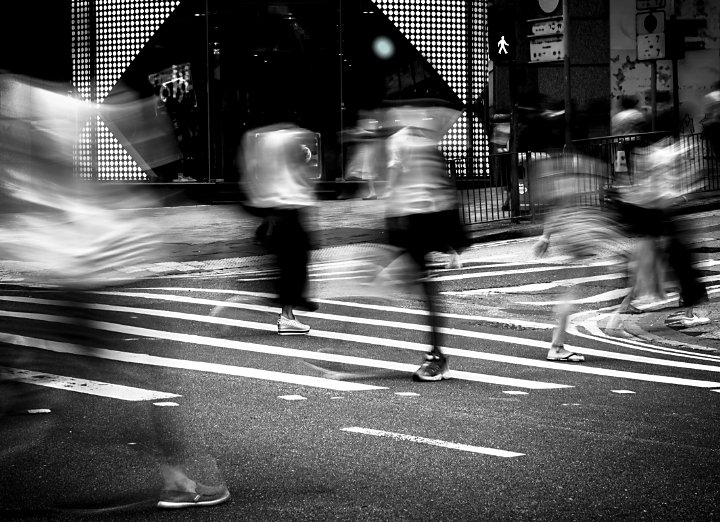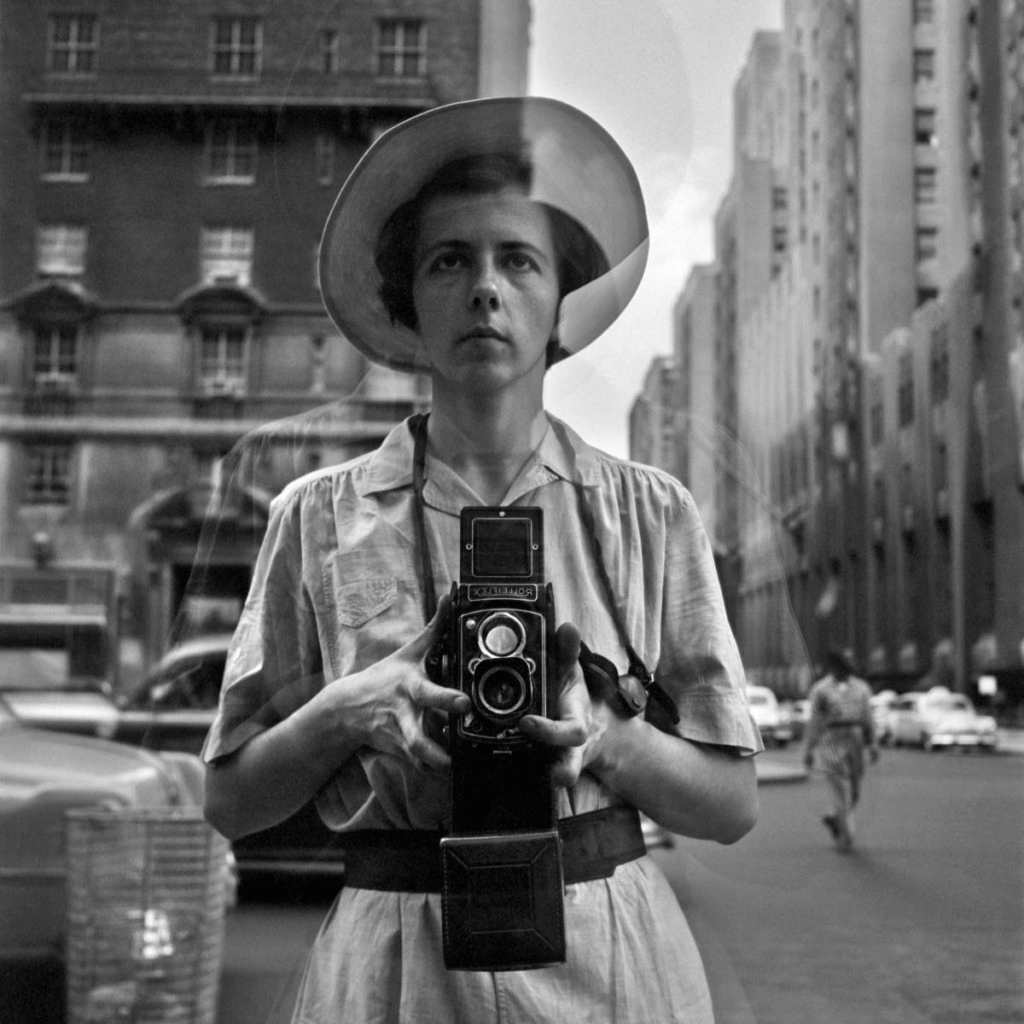Excitement About Framing Streets
Excitement About Framing Streets
Blog Article
The Ultimate Guide To Framing Streets
Table of ContentsThe 7-Minute Rule for Framing StreetsFraming Streets Fundamentals ExplainedSome Ideas on Framing Streets You Need To KnowFraming Streets Things To Know Before You Get ThisThe Framing Streets StatementsFraming Streets Can Be Fun For Anyone
Photography genre "Crufts Pet dog Program 1968" by Tony Ray-Jones Road photography (additionally occasionally called candid photography) is photography performed for art or questions that features unmediated chance experiences and arbitrary events within public areas, normally with the goal of capturing pictures at a crucial or poignant minute by careful framework and timing. 
, that was inspired to undertake a similar documentation of New York City. As the city established, Atget aided to advertise Parisian streets as a worthy topic for digital photography.

Framing Streets for Dummies
Martin is the initial tape-recorded digital photographer to do so in London with a masked video camera. Mass-Observation was a social research organisation started in 1937 which intended to tape day-to-day life in Britain and to record the responses of the 'man-in-the-street' to King Edward VIII's abdication in 1936 to wed divorce Wallis Simpson, and the succession of George VI. The chief Mass-Observationists were anthropologist Tom Harrisson in Bolton and poet Charles Madge in London, and their initial report was created as the book "May the Twelfth: Mass-Observation Day-Surveys 1937 by over two hundred onlookers" [] Window cleaner at Kottbusser Tor, Berlin, by Elsa Thiemann c. 1946 The post-war French Humanist School photographers located their subjects on the street or in the restaurant. In between 1946 and 1957 Le Groupe des XV each year displayed job of this kind. Andre Kertesz. Circus, Budapest, 19 May 1920 Road photography developed the significant content of two exhibitions at the Gallery of Modern Art (Mo, MA) in New york city curated by Edward Steichen, 5 French Photographers: Brassai; Cartier-Bresson, Doisneau, Ronis, Izis in 1951 to 1952, and Post-war European Digital Photography in 1953, which exported the principle of road digital photography globally.

Some Known Details About Framing Streets
The recording equipment was 'a concealed cam', a 35 mm Contax concealed beneath his layer, that was 'strapped to the chest and connected to a long wire strung down the appropriate sleeve'. Nevertheless, his work had little modern effect as due to Evans' level of sensitivities about the originality of his project and the privacy of his subjects, it was not released until 1966, in the publication Several Are Called, with an intro created by James Agee in 1940.
Helen Levitt, then look at here a teacher of little ones, associated with Evans in 193839. She documented the transitory chalk illustrations - vivian maier that were component of youngsters's road society in New york city at the time, in addition to the youngsters who made them. In July 1939, Mo, MA's new photography section included Levitt's job in its inaugural exhibitionRobert Frank's 1958 book,, was significant; raw and typically out of emphasis, Frank's images examined conventional photography of the moment, "tested all the official guidelines laid down by Henri Cartier-Bresson and Pedestrian Evans" and "contradicted the wholesome pictorialism and wholehearted photojournalism of American magazines like LIFE and Time".
Report this page